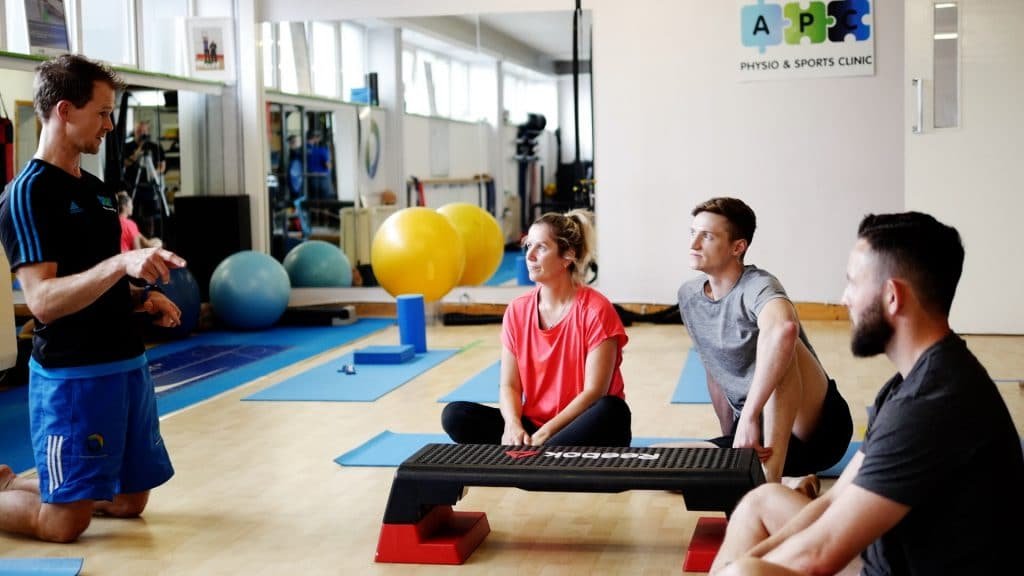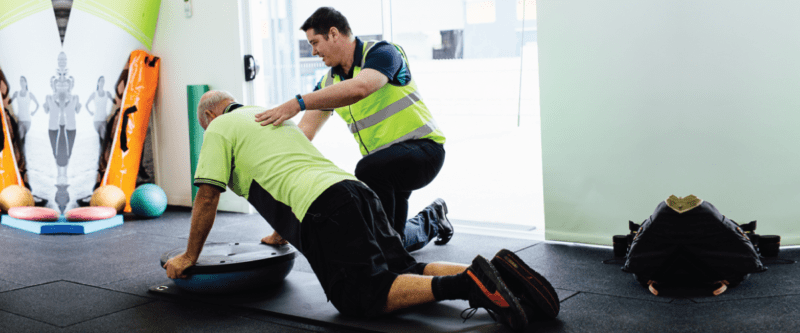Published
1 year agoon
By
Jack
In the fast-paced world of modern workplaces, employees often find themselves immersed in sedentary tasks, glued to their desks for prolonged periods. This sedentary lifestyle can lead to physical deconditioning, a phenomenon that adversely affects overall health and well-being. As organizations increasingly recognize the importance of employee fitness, addressing and preventing physical deconditioning has become a priority for fostering a healthy and productive workforce.
Table of Contents
TogglePhysical deconditioning occurs when the body experiences a decline in physical fitness due to inactivity or insufficient physical activity. This can manifest as weakened muscles, reduced cardiovascular endurance, and diminished flexibility. In the workplace, where long hours of desk-based work are prevalent, employees may inadvertently subject themselves to physical deconditioning.
Addressing this issue is crucial not only for the well-being of individual employees but also for the overall productivity and success of the organization. Fortunately, there are effective strategies to combat physical deconditioning and promote a healthier work environment.
One of the simplest yet most impactful ways to counteract physical deconditioning in the workplace is by encouraging regular movement breaks. Employees can benefit from short breaks to stretch, walk around, or engage in quick exercises. These breaks not only combat the negative effects of prolonged sitting but also contribute to increased energy levels and improved concentration.

Creating an ergonomic workspace is another essential step in preventing physical deconditioning. Adjustable desks and chairs, along with proper monitor height, can promote better posture and reduce the strain on muscles and joints. Employers can also explore opportunities to incorporate exercise into the workday, such as on-site fitness classes or facilities, to encourage employees to stay active during breaks.
Implementing comprehensive wellness programs is a proactive approach to combat physical deconditioning in the workplace. These programs can include fitness challenges, nutritional guidance, and stress management initiatives. By fostering a culture of well-being, organizations not only address the physical aspects of employee health but also contribute to a positive and supportive work environment.
For individuals already experiencing physical deconditioning, seeking professional guidance is crucial for rehabilitation and recovery. Physical therapy services, like those offered at physical deconditioning, can play a pivotal role in restoring physical fitness. These services often include personalized exercise routines and rehabilitation techniques tailored to the specific needs of each individual.
Promoting employee fitness is not just a responsibility for individual employees; it’s a cultural shift that organizations need to embrace. Encouraging physical activity should be woven into the fabric of the company culture. Whether it’s through organized fitness challenges, wellness workshops, or flexible work schedules that allow for physical activity, organizations can actively contribute to preventing physical deconditioning among their workforce.
In the pursuit of a healthier and more productive workplace, addressing physical deconditioning is paramount. Organizations that prioritize employee fitness not only enhance the well-being of their staff but also create an environment conducive to creativity, focus, and overall job satisfaction. By incorporating simple yet effective strategies and, when necessary, seeking professional help, workplaces can take significant strides toward combating physical deconditioning and promoting a culture of movement and vitality.
